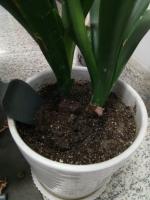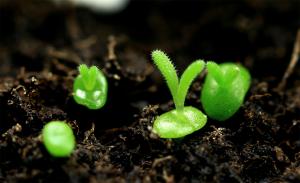Can You Plant Trees in Wetlands?
Wetlands are unique ecosystems that support a wide variety of flora and fauna. These areas are characterized by their soil saturation with water, which leads to a peculiar vegetation composition as compared to other ecosystems. Wetlands are essential for maintaining the ecological imbalance in nature, and they provide a habitat for migratory birds and various species of fish, amphibians, and reptiles. They also act as a natural water filter, which helps to improve water quality for other ecosystems downstream.
Why Plant Trees in Wetlands?
While wetlands are an essential habitat for plants and animals, they still require human intervention to protect and maintain them. Planting trees in wetlands is one way to aid in the restoration and conservation of these unique ecosystems. Trees in wetlands can help with soil stabilization and erosion control. Wetlands are also vulnerable to the effects of climate change, which can lead to habitat loss and degradation. Planting trees in wetlands can help to mitigate the effects of climate change by sequestering carbon dioxide in the form of biomass.
What Kind of Trees Can You Plant in Wetlands?
Planting trees in wetlands requires careful selection of tree species that can adapt to the unique abiotic conditions of wetlands. Some species that are adapted to wetland environments include black alder, cypress, willows, and red maple. The chosen species should be able to tolerate the water-logged soil conditions that are characteristic of wetlands. They should also be able to survive the flooding that occurs during the wetland's hydroperiod. The hydroperiod is the period during which wetlands are inundated with water.
How to Plant Trees in Wetlands?
Planting trees in wetlands requires careful consideration of the hydrology and soil conditions of the wetlands. It is essential to plant trees during the dormant season to minimize root disturbance. The soil should be loosened to allow for easy penetration of the roots. Trees should be planted at a depth that will allow the upper roots to remain in contact with the air, while the lower roots can access any available water in the soil. Tree stakes or ties may be necessary to prevent the trees from being uprooted by flooding or high winds.
Conclusion
Wetlands are critical ecosystems that support a diverse range of plant and animal species. Planting trees in wetlands can aid in the restoration and conservation of these unique ecosystems. It is crucial to select appropriate tree species that can adapt to the abiotic conditions of wetlands. Planting trees during the dormant season and taking precautions such as providing stakes or ties can help to ensure that the trees thrive in the wetland environment. Restoring and maintaining wetlands through tree planting and other conservation activities is necessary to preserve these invaluable ecosystems for future generations.

 how many times do yo...
how many times do yo... how many planted tre...
how many planted tre... how many pine trees ...
how many pine trees ... how many pecan trees...
how many pecan trees... how many plants comp...
how many plants comp... how many plants can ...
how many plants can ... how many plants and ...
how many plants and ... how many pepper plan...
how many pepper plan...

































